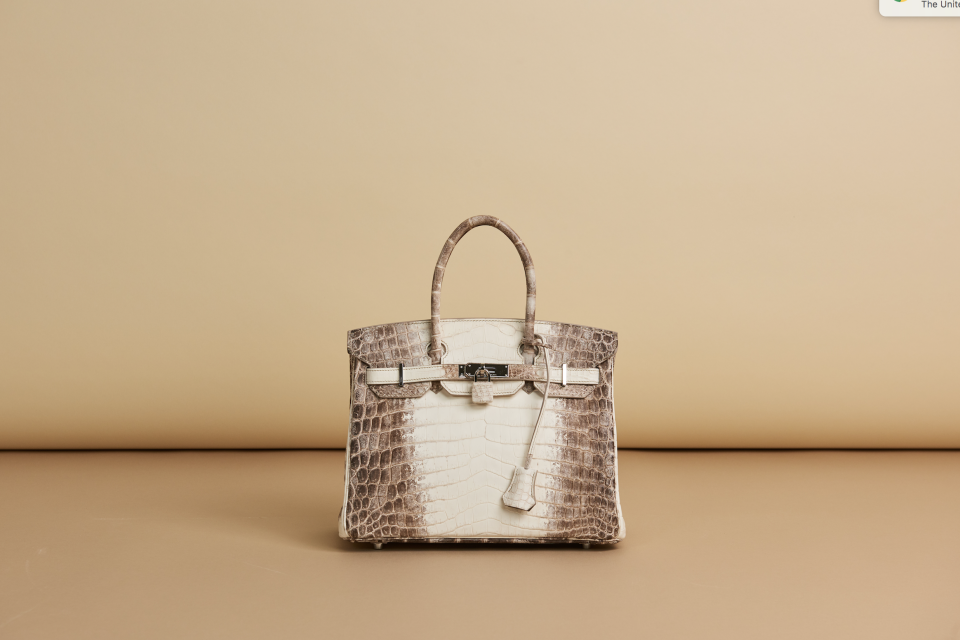How to cash in on the red hot luxury resale market
The resale retail market is red hot, on pace to reach $41 billion dollars by 2022, according to the online reseller ThredUp. In fact, the secondary retail market is expected to outpace most areas of retail in the next decade. Charles Gorra, founder and CEO of New York-based Rebag, has found a way to capitalize on the two best performing areas of retail — resale and luxury. The former Goldman Sachs financial analyst launched his online marketplace for luxury pre-owned bags in 2014, but he’s quick to point out that Rebag is not a consignment store or a peer-to-peer marketplace.
The company actually buys the luxury bags at a determined price from the seller, who receives 100% of the purchase price. Rebag then resells these high-end bags at a premium on its website, app, and, as of last year, its brick-and-mortar locations.
It only takes a few minutes to resell a luxury handbag. Simply submit a photo on Rebag’s mobile app, and sellers will receive a free quote in one business day. If they accept, the handbag can be picked up for free in New York or mailed using the prepaid shipping label from anywhere in the U.S. Once the bag is received, payment is issued, and sellers get their money in one to two business days.
At Rebag’s two concept stores in New York City, customers can bring in their handbags to be resold on the spot at the Rebag bar, where they will be audited, priced, and authenticated in less than 60 minutes.
Rebag has built a pricing algorithm that helps it determine the value of a used luxury handbag. “We call it the Kelly Blue Book for bags,” explains Gorra. “Think of it as a stock market, there’s up and downs and it tells us at any point and time what we should be paying for a bag.”
While Gorra says online is still Rebag’s core business, he opened the company’s second permanent store in New York this year on Madison Avenue and 57th street. It joins Rebag’s flagship location in SoHo, which debuted in 2017. The shops are designed like high-end boutiques, whose shelves are lined with Chanel, Fendi, Hermes and Prada bags.

There are plans for more Rebag stores in the next year, but Gorra declined to reveal their locations. He points to other once online-only plays, such as Rent the Runway and Warby Parker, that have successfully added brick-and-mortar stores to their business models. “At some point when you want to reach a certain scale, there is a benefit to leveraging off-line channels,” he explains.
Ironically, his Madison Avenue store on “Billionaire’s Row” is neighbors with Chanel, Louis Vuitton and Burberry stores. Gorra believes they can co-exist because he contends the resale market is good business for luxury brands. Gorra says studies show that a seller of a high-end handbag is likely to reinvest her earnings and buy another brand-new designer bag.
Bargain hunters on the prowl for rare pieces won’t be disappointed. Within 24 hours of the opening of Rebag’s Madison Avenue store, they sold a rare albino crocodile, diamond encrusted Hermes Himalayan Birkin bag for $72,000. That’s a steal when you consider the bag sells for well over $100,000 on primary and auction markets.

 Yahoo Finance
Yahoo Finance 